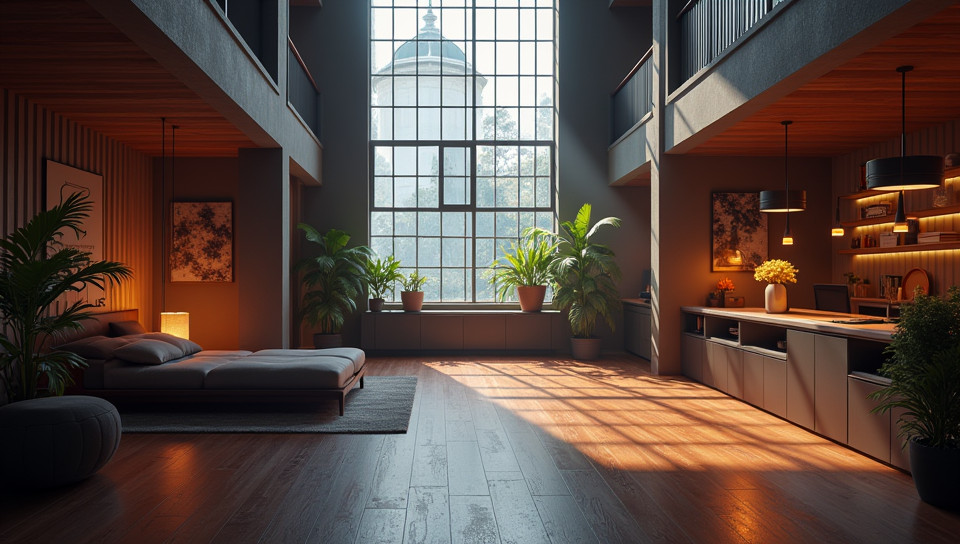Highly realistic lighting can be distracting in a low-poly environment 84%

The Dark Side of Realism: When Lighting Becomes a Distraction
As game developers, we're constantly striving to create immersive experiences for our players. One crucial aspect of achieving this is through lighting – the way it interacts with our characters and environments can make or break an atmosphere. However, there's a fine line between realism and distraction. In low-poly environments, highly realistic lighting can be more detrimental than beneficial.
The Problem with Realism in Low-Poly Environments
When we opt for high-fidelity graphics, our engines can get bogged down by the sheer complexity of realistic lighting. This is especially true in low-poly worlds where every polygon counts. The more detailed and realistic the lighting, the more it can tax our systems, resulting in stuttering frame rates or even crashes.
Visual Clutter: When Lighting Overwhelms
In a world with sparse geometry, adding intricate lighting details can create visual clutter. Our eyes are drawn to these bright spots, making it difficult for players to focus on the game's core mechanics. Imagine playing an action-packed platformer where every surface is illuminated to perfection – the result would be a dizzying spectacle that distracts from the gameplay experience.
The Consequences of Over-Realism
So, what are the consequences of prioritizing realism over performance in low-poly environments? Here are some potential issues:
- Increased load times due to complex lighting calculations
- Reduced frame rates and stuttering as a result of GPU strain
- Decreased player engagement due to visual distractions
- Difficulty achieving a consistent, polished look across different hardware configurations
Balancing Realism and Performance
So, how can we balance the need for realistic lighting with the constraints of low-poly environments? Here are some potential solutions:
- Lighting Baking: Pre-compute and store lighting data to reduce runtime calculations.
- Dynamic Lighting Reduction: Limit dynamic lighting effects to key areas or characters.
- Environment-Specific Optimizations: Adapt lighting settings based on the game's environment and player's location.
- Realism in Moderation: Strive for a balance between realism and performance, rather than aiming for perfection.
Conclusion
In conclusion, while realistic lighting can elevate an experience, it's essential to consider its impact in low-poly environments. By acknowledging these challenges and implementing optimizations, we can strike the right balance between immersion and performance. By doing so, we can create engaging experiences that players will cherish for years to come.
- Created by: June Castro
- Created at: Jan. 24, 2025, 4:41 p.m.
- ID: 18748









